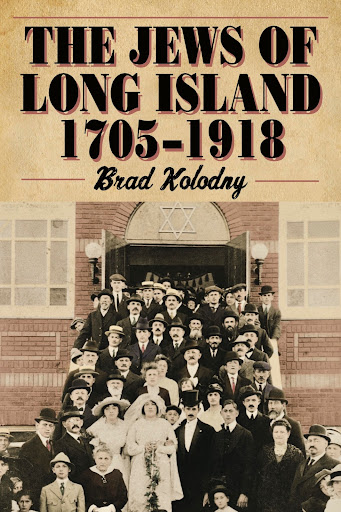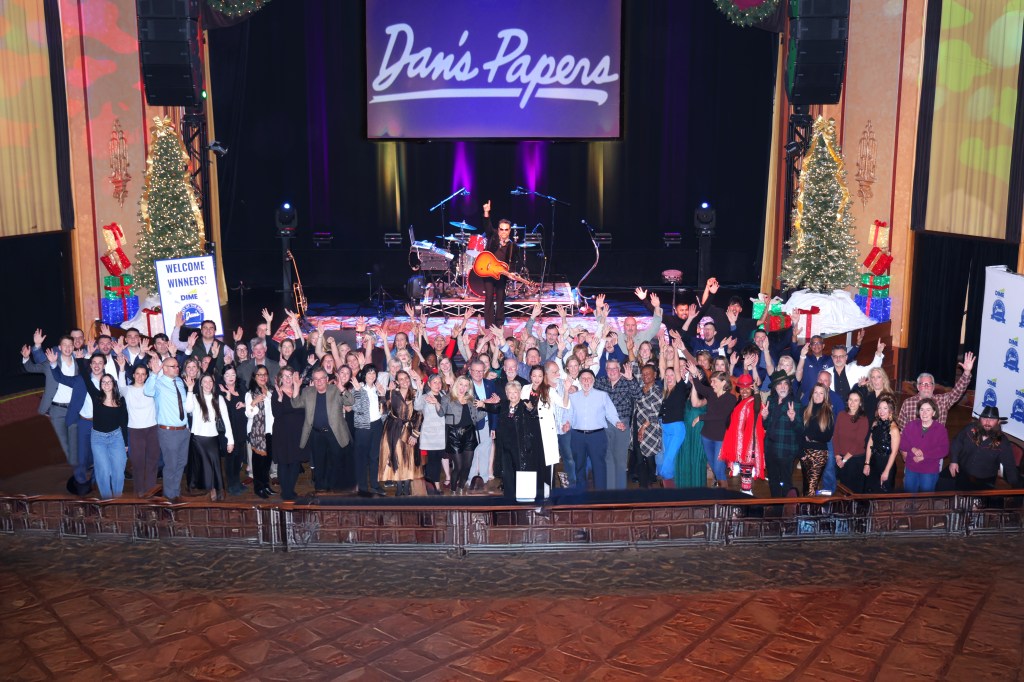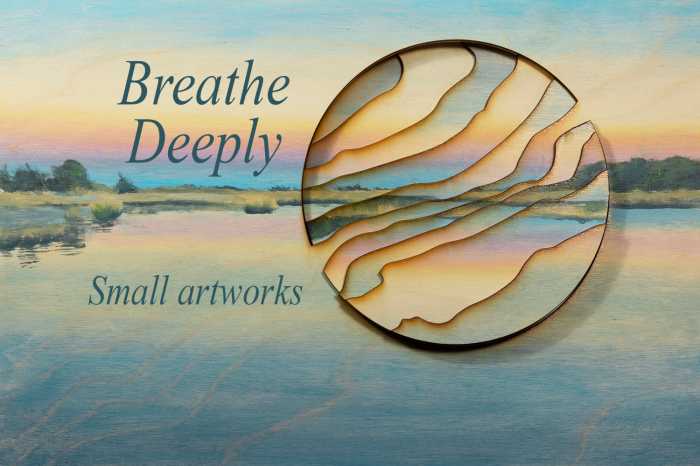Book Review – 'The Jews of Long Island: 1705-1918' by Brad Kolodny

From bagel shops to Billy Joel, Jewish people helped shape Long Island and the East End, with their contributions detailed in author Brad Kolodny’s latest book, The Jews of Long Island: 1705-1918.
Kolodny, president of the Jewish Historical Society of Long Island, released his second book on the first of the month. At its core, the book is a work of investigative journalism that gives new life to people long gone.
While Long Island developed a growing Jewish population in the years following World War II and the early days of suburbia, Kolodny said Judaism on Long Island prior to the end of World War I hasn’t been thoroughly explored, until now. In the two years since the start of the pandemic, Kolodny’s research of sources such as newspapers, cemeteries and census records produced the book of over 300 pages identifying 4,400 Jews living in 75 various communities in Suffolk and Nassau counties.
“I’m looking to dispel the notion that Jews really only moved to Long Island after World War II,” Kolodny said. “I certainly also hope that it will bring a level of appreciation for Long Island Jews about the history that exists in their towns that they might not have known about before.”
The book is laid out in two parts divided by county. Nassau communities, including Freeport, Glen Cove and Hempstead, comprise the first part followed by Suffolk, with places such as Huntington, Kings Park and Setauket.
Each locale functions as its own chapter, starting with a narrative on some of its residents and ending with a table listing all the Jewish townspeople’s names, birth/death years, familial ties and occupations.
“The biggest challenge was that I wanted to make sure that everybody that I found was Jewish, and did live on Long Island before 1918,” Kolodny said. “I absolutely had to verify that the person was Jewish and just having a Jewish-sounding name did not qualify for being Jewish.”
To determine one’s Jewishness, Kolodny looked for specifically listed mother tongues on the U.S. census (Hebrew, Yiddish, Jewish), records of participation/membership in Jewish organizations and synagogues, or burial in Jewish cemeteries.
The search for answers led Kolodny down a rabbit hole of scouring World War I registration papers, death certificates, business advertisements in local papers, and even visiting and photographing tombstones.
“I used every resource that was available to me to help build the story of these individuals, and then kind of weave them together when it came to the narrative of an entire crowd,” Kolodny said. “There was one particular merchant named Jacob Meyer in Riverhead, and his advertisements were these beautiful ads with pencil drawings of chic models who were selling high-end clothing. So you knew that Jacob Meyer’s store was a little bit more sophisticated than somebody who was a shoemaker or a tailor.”
While digital archives verified individuals and added colorful information, Kolodny also found the descendants of the people he was writing about. He spoke of visiting the Amityville Men’s Shop, founded by Louis Cohn in 1911, and listening to the current owner recount stories of his grandfather Cohn through his own experiences with him.
“In the pages of the book, there are so many names that it’s really just a name,” Kolodny said. “But when you can hear about their life from somebody who knew them firsthand, it just brought it much more to life for me.”
Kolodny even utilized Jewish geography — the phenomenon where Jews find personal connections to fellow Jews due to historically tight-knit communities — to learn the history behind the book’s cover image.
At first, all Kolodny knew was that it was a wedding photo taken at the synagogue in Lindenhurst. After showing the picture to two different people who were able to identify their own family members in the photo; Kolodny discovered both the groom and bride’s names and the exact date of when the picture was taken.
“Part of Judaism, I think, is making connections with other people,” Kolodny said. “L’dor v’dor, that means from generation to generation. And in this book you can see 2,3,4 different generations of people living in the same town.”
The Jews of Long Island: 1705-1918 is available on Amazon.









